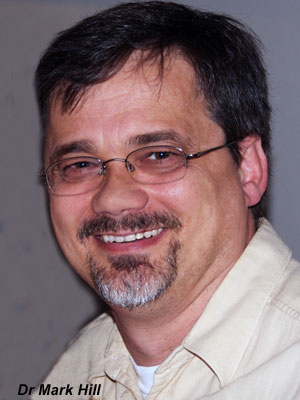2010 Foundations Lecture - Introduction to Human Development
Introduction
Human development is one of the most exciting topics to study not only as a medical student, but also for our fundamental understanding of the human body. This lecture is going to take you briefly through key concepts in human development, these will later be explored in more detail through the BGD course. The lecture will be followed by a practical class introducing online resources for independent study and working through similar embryology concepts.
Aims
- Purpose of learning embryology
- Basic facts about early human development
- Appreciate differences between the conceptus, embryo and fetus
- General understanding of the term “critical periods” of development
Concepts: Fertilization, Early conceptus, Germ layers, Embryo, Tissue origins, Timetable/stages of development, Fetus, Placenta
Background Lectures: Cell Structure (structure and function), Cell Division (mitosis, meiosis, lifespan, cell death), 4 Basic Tissues (Epithelial, Connective, Muscular, Nervous)
2009 Lecture: http://embryology.med.unsw.edu.au/Medicine/FlectureEmbryo.htm | Lecture Slides
Animated overview
| <Flowplayer height="400" width="360" autoplay="true">Human development 001.flv</Flowplayer> | This animation begins at the two cell (blastomere) stage following fertilization and takes you through an overview of the entire 9 months of human development in just over a minute!
|
Notes
- Don't confuse "germ cell layers" (ectoderm, mesoderm, endoderm) with "germ cells" (egg, spermatazoa).
- Remember the difference between "clinical weeks" (last menstral period) and "embryonic weeks" (from fertilization, 2 weeks later).
- Revise meiosis and the difference between mechanism and timecourse for oogenesis and spermatogenesis in generating haploid gametes.
- With abnormalities, think about the types of prenatal dianostic techniques that are now available, the 2 major types (genetic and environmental) and the effect of maternal age/lifestyle.

